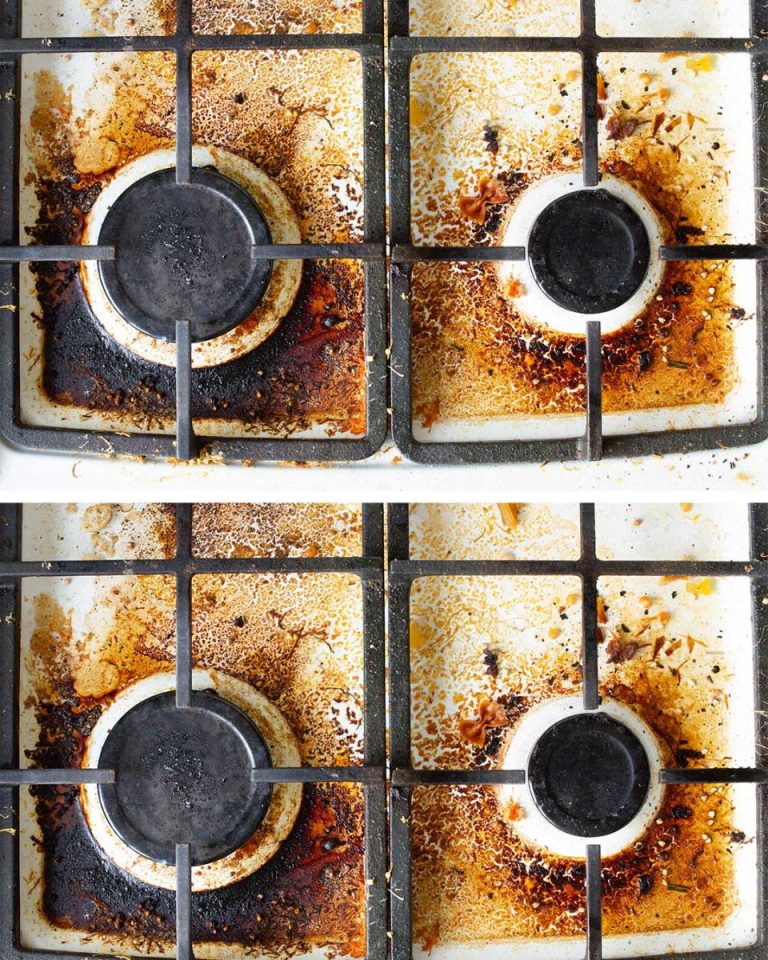ADVERTISEMENT
Effective Methods for Cleaning Grease Off Kitchen Surfaces
For countertops and backsplashes, apply a degreasing solution and let it sit for a few minutes. Use a microfiber cloth to wipe away the grease, applying more pressure on stubborn spots. For cabinets, a mixture of vinegar and water can be effective. Spray it on, let it sit, and wipe it off with a soft cloth. For floors, use a mop with a degreasing cleaner to ensure all grease is removed.
Preventative Measures: Reducing Grease Build-Up in the Future
To minimize future grease build-up, consider using a splatter screen when frying and ensure your range hood is functioning properly to ventilate the kitchen. Regularly clean your stovetop and other surfaces to prevent grease from accumulating. Using less oil in cooking and opting for non-stick pans can also help reduce the amount of grease produced.
Eco-Friendly Solutions for Grease Removal
Eco-friendly solutions like baking soda and vinegar are not only effective but also safe for the environment. Baking soda can be sprinkled on greasy areas and scrubbed with a damp sponge, while a vinegar and water solution can be used as a spray cleaner. These natural options are great for those looking to reduce their environmental impact while keeping their kitchen clean.
Conclusion: Enjoying the Benefits of a Clean Kitchen
While the aftermath of hubby’s cooking can be a greasy challenge, with the right approach and tools, it can be managed effectively. By understanding the problem, using the right cleaning techniques, and implementing preventative measures, you can enjoy the delicious meals without dreading the cleanup. A clean kitchen not only looks great but also creates a more pleasant and hygienic cooking environment for future culinary adventures.
ADVERTISEMENT
